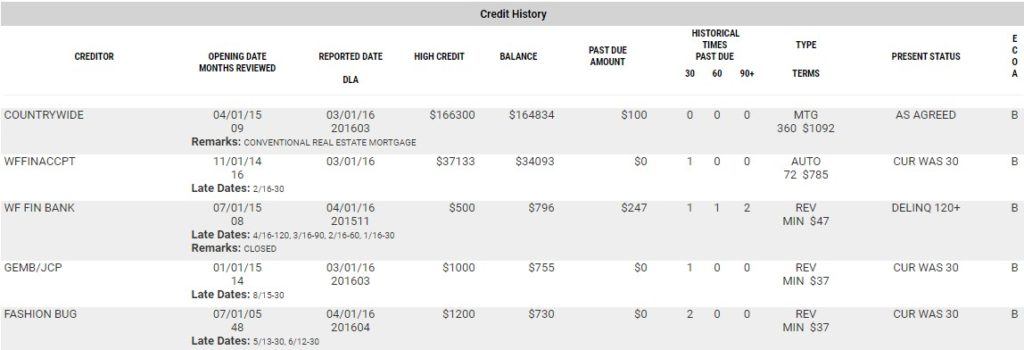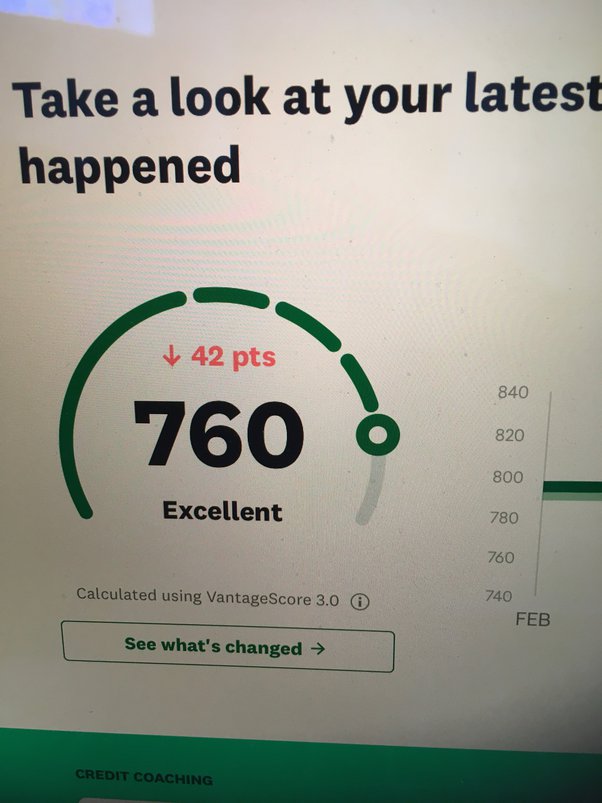
Credit scores can be confusing. But there are ways you can improve your score. The most important thing to remember is to keep your credit in good shape and avoid going into credit card debt. Asking questions is a great way to learn more about credit. This article will provide information on VantageScore (FICO), and Hard pulls.
Very hard pull
Applying for a credit card is a big decision. You need to be aware of the possibility that hard pulls could affect your score. Although lenders and financial institution don't usually make very specific inquiries about your credit history, they can still impact it. Hard inquiries make up only a small percentage of your overall score. These inquiries are made to verify your ability of paying a loan/lease.
Your credit card issuer will conduct a hard pull when you apply for a credit card. Hard pulls may also be conducted by private lenders or mortgage lenders. If you're applying for a rental property, even your potential landlord might conduct a hard draw. These lenders want to ensure that you are reliable and can repay any loans.
Soft pull
A soft pull is a credit check that does not involve a formal application. A hard pull on the other hand involves a lender taking a client's score and credit report. A hard pull, on the other hand, is more thorough and gives lenders a better picture about a client's credit history.

It is common to apply for credit cards from several lenders in order to get a better rate. Each inquiry that is hard will count as one credit inquiry. The impact on your score will only be temporary and can remain in your credit report up to two year. However, if you've always made your payments on time, a soft pull should have minimal impact on your score.
VantageScore
VantageScore can be an important part of evaluating credit scores. Your score can be determined by five tiers, and your credit habits will affect how they change each month. Your credit score is a key factor in your ability or not to obtain credit. This includes loans, credit cards, and apartment rental. You can track your score and avoid costly mistakes.
Your credit report and information from creditors about your payments are the basis of your score. You may see a different score from each provider because creditors don't report to all credit reporting agencies.
FICO
It is important to realize that your FICO score is calculated based on information found in your file with any of the three main consumer reporting agency (CRAs). Information from lenders, collection agencies and court records are all part of your file. All lenders may not report to all three of these CRAs. Your Experian report will show the information in your FICO score on the date of the "pull on" date.
Fair Isaac Corporation is the company that developed the FICO credit scoring algorithm. This algorithm was first created in 1956. It uses advanced math and analytics to help businesses make decisions about lending. It is currently one of the most popular credit scores that lenders use. Lenders can request the FICO score of a consumer from any one of the three credit reporting agencies in the United States or other countries.

VantageScore 3.0
VantageScore 3.0 relies on data from the credit bureaus. This means that your score could vary. This could be due both to the method of scoring and the time frame in which they are calculated. However, the key factors that make credit score different are the same across credit scores. Lenders such as American Express may use other information in order to determine your credit score.
Experian offers a free service that allows you to see your VantageScore score 3.0 credit score. You can also purchase credit reports from major agencies like Equifax or TransUnion.